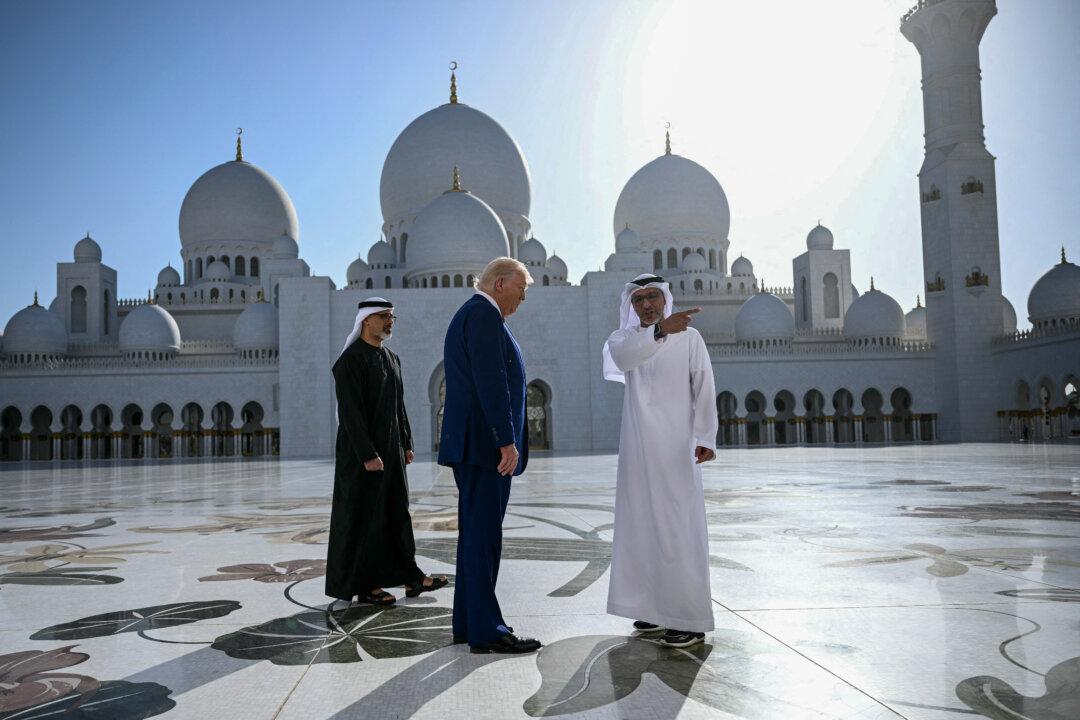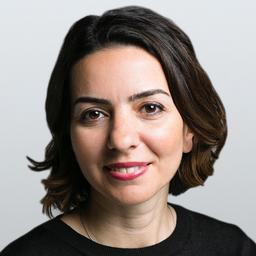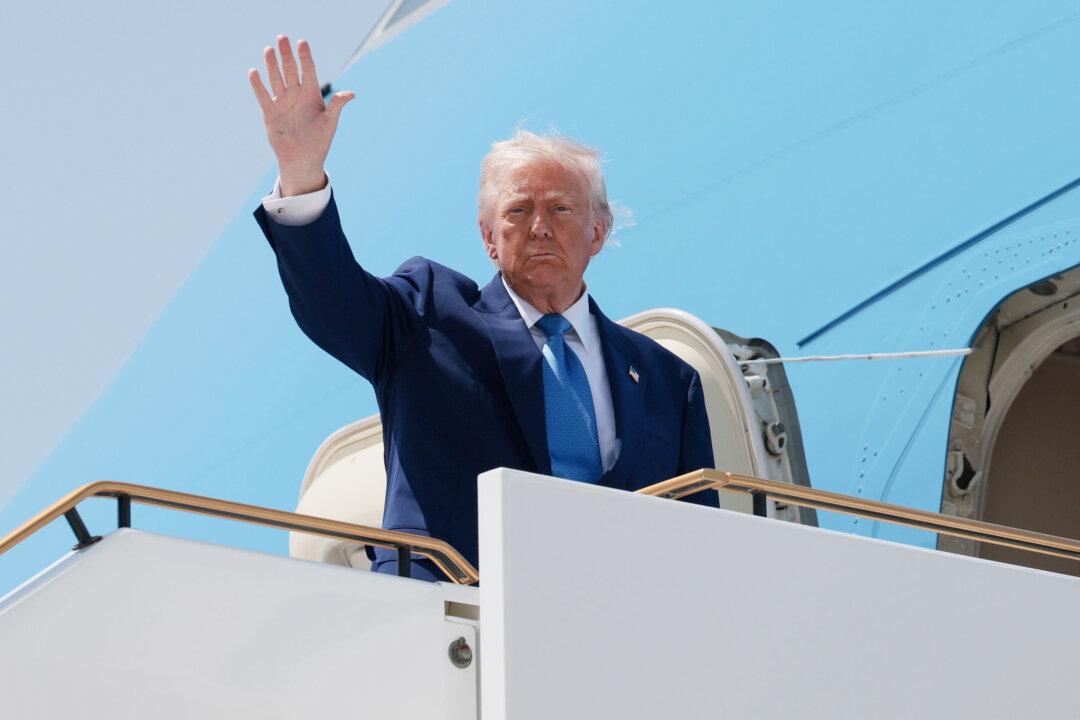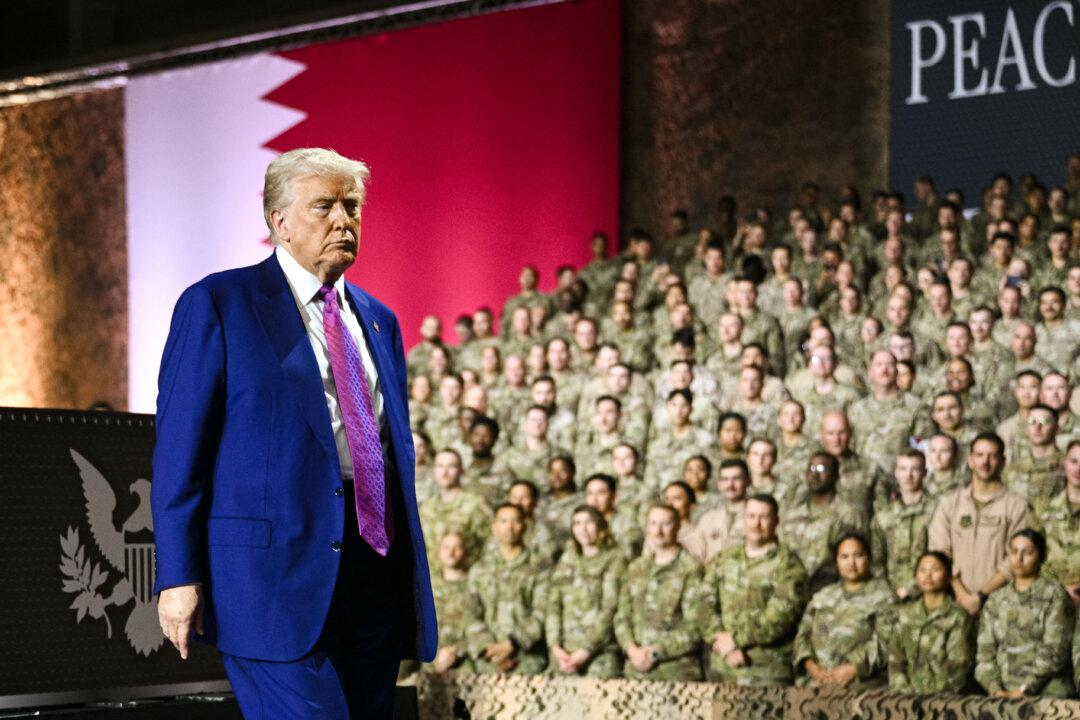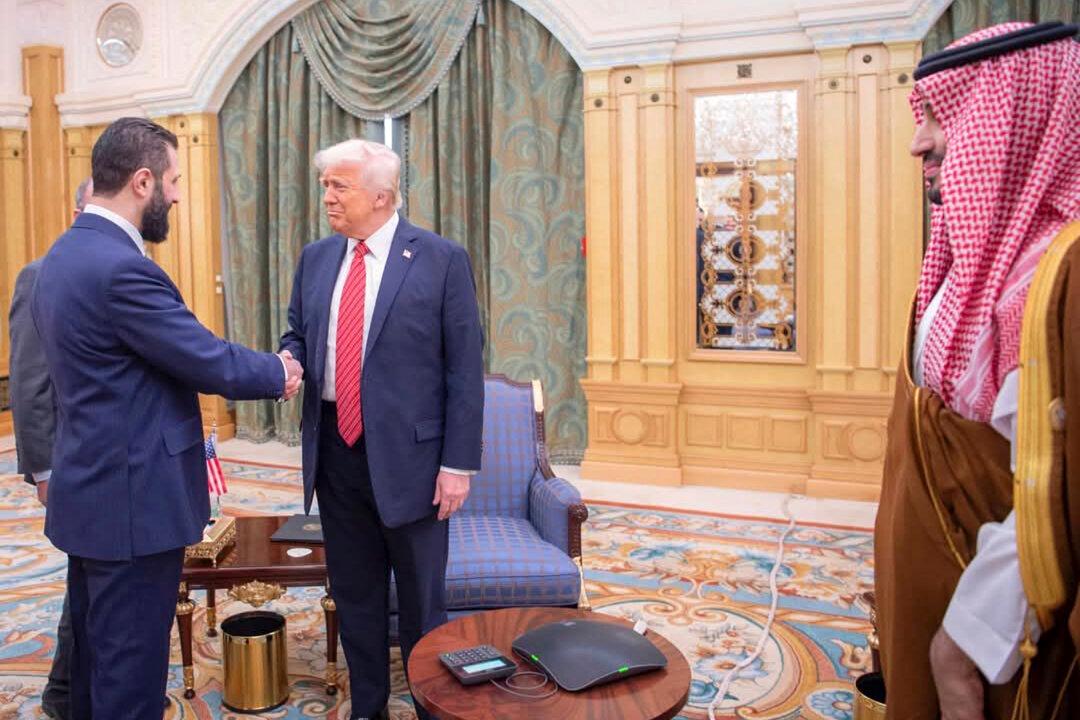WASHINGTON—President Donald Trump’s recent tour of the Middle East sent a clear message that economic interests and deal-making lie at the heart of his foreign policy vision.
Trump spent four days in the Gulf from May 13 to May 16, visiting Saudi Arabia, Qatar, and the United Arab Emirates, where he secured investment commitments worth trillions of dollars that will benefit U.S. businesses and jobs.
Although questions remain regarding how much of the pledged investment will materialize, the trip marked a strategic shift in Washington’s engagement with the Middle East. Trump drew a sharp contrast with past U.S. administrations, rejecting the interventionist foreign policy approach embraced by both Republicans and Democrats for decades.
Speaking at an investment summit in Riyadh on May 13, Trump openly criticized previous U.S. policies toward Iraq, Afghanistan, and other parts of the region.
“In the end, the so-called nation-builders wrecked far more nations than they built—and the interventionists were intervening in complex societies that they did not even understand themselves,” Trump said.
He lauded the achievements of the Gulf countries, stating that their transformation wasn’t the result of “Western interventionists” giving them “lectures on how to live” and how to govern their own affairs.
“No. The gleaming marvels of Riyadh and Abu Dhabi were not created by the so-called nation-builders, neocons, or liberal nonprofits,” he said.
The speech received warm applause from Saudi Crown Prince Mohammed bin Salman and the audience, and it was one of the most talked-about events of his trip.
“It is not a secret that President Trump understands the political language of the Middle East more than any of his predecessors,” Dalia Ziada, senior fellow at the Jerusalem Center for Security and Foreign Affairs, told The Epoch Times.
Ziada, an Egyptian political analyst based in Washington, said that Trump prioritized “building personal bonds of trust” with these leaders, rather than pressuring them on issues of democratization and human rights.
In the blistering heat of the Qatari desert, Trump addressed American troops at Al Udeid Air Base, reaffirming his commitment to “peace through strength” in the region.
“As president, my priority is to end conflicts, not start them,” Trump said.
Trump’s visit and message marked a deliberate departure from that era of intervention.
Al Udeid Air Base, located just southwest of Doha, Qatar, is the largest U.S. military installation in the Middle East. It played a significant role during the chaotic U.S. withdrawal from Afghanistan in 2021, serving as the primary logistical and operational hub for evacuating tens of thousands of people.
What was striking during the Middle East trip was Trump’s “distancing himself completely from long standing American foreign policy and national security goals,” according to Joel Rubin, Middle East expert and former State Department official under President Barack Obama.
Lavish Welcomes Across the Gulf
Throughout his four-day visit to the Gulf, Trump was met with extravagant pageantry and abundant praise. The leaders appeared to compete to stage the most generous reception for the 47th U.S. president.In Saudi Arabia, fighter jets escorted his Air Force One as it landed in Riyadh, where lavender carpets were rolled out in a grand reception. In Qatar, Trump was welcomed with dozens of camels and traditional sword dances, while many buildings in Doha lit up with American flags in a dazzling display.
In Abu Dhabi, a traditional “Al-Ayyala” dance performance stole the spotlight, after the videos of hair flipping girls went viral. In addition, the Burj Khalifa in Dubai, the tallest building in the world, was lit up with the Stars and Stripes.
These receptions stood in contrast to the greetings given to President Joe Biden during his 2022 visit to Saudi Arabia and to then–Vice President Dick Cheney during his 2002 trip to the Gulf.
Trump’s message was clear: The era of costly foreign interventions is over, replaced by a focus on strategic partnerships rooted in mutual economic benefit.
Gulf leaders responded with praise and warmth.
At a state dinner held at Lusail Palace, Qatari Emir Sheikh Tamim Al Thani expressed how much he worried for Trump after last year’s assassination attempt in Butler, Pennsylvania.
Deals Totaling $2 Trillion
Dozens of U.S. business leaders accompanied the president on the trip, underscoring the economic nature of the Gulf tour. The deals the United States secured with Saudi Arabia, Qatar, and the UAE have totaled $2 trillion, according to the White House.However, some of these deals are memoranda of understanding that may take years to materialize.
“The numbers are eye popping,” Rubin said, but warned that not all may come to fruition.
While it was an important diplomatic visit, Rubin said he wished the president had focused more on the tougher conflicts, bringing the Israelis, and possibly even the Iranians, directly into the talks.
“There are concerns in the pro-Israel community about his decision to not visit Israel and to take some positions that publicly seem to distance himself somewhat from the Israeli government,” Rubin said.
Nonetheless, analysts say the deals struck on this trip could strengthen the United States’ position in the Middle East against China and Russia.
A Surprise Move on Syria
A key development during Trump’s Middle East tour was his announcement on May 13 to lift all U.S. sanctions on Syria. The next day, he met with Syrian leader Ahmed al-Sharaa in Riyadh.Trump may see lifting sanctions as a strategic move to open Syria to U.S. and Gulf investment, as well as to push back against Iran and Russia’s influence in the region.
“Iran and Russia, both adversaries of the United States, have been pushed out by this new leadership in Syria,” Rubin said.
He also said that this gives Washington a chance to build stronger ties with the country and counter China’s growing economic influence in the region.
Still, concerns persist over the Syrian government’s ties to the al-Qaeda terrorist group and its treatment of ethnic and religious minorities.
“It remains to be seen whether they will respond positively and act better on protecting ethnic and religious minorities,” Ziada said.
While some in Congress voiced concern over Syria, Trump struck an optimistic tone.
“It’s their time to shine,” Trump said during his remarks in Riyadh. “Good luck, Syria. Show something very special.”
